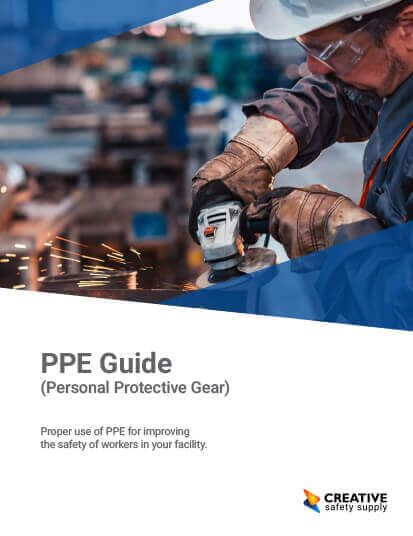
Firstly, the items of a spill kit should be stored in a container large enough for the spill and made out of an appropriate material to store the contents. Spill kits are ineffective if they are kept in remote corners or hidden away in a closet, or if an employee does not know where they are located. Spill kits should be stored as close to the area where the liquid(s) the kit is designed to clean up are kept. As an example, a medical facility should store bloodborne spill kits in the lab that tests blood.
Some common places to keep spill kits include:
- Portable kits to be stored on forklifts for operators who may be the first to notice a spill,

- Most laboratory areas,
- Fuel pumps,
- Outdoor storage tanks,
- Waste collection areas,
Just to name a few! It will be important to complete a job hazard analysis and to include the optimal storage spaces for spill kits. If it may be unclear to know where to put spill kits the facility should be mapped out with location and types of liquids and potential spills can occur, as well as quantity. Use this as your starting point for placing kits around the workplace.
Because spill kits are designed for a one-time use and disposal after the one-time use, it would be a wise decision to have more than one spill kit on hand. Employees should be trained, and periodically refreshed, on where spill kits can be located in case of an emergency spill. It would be beneficial to employees to practice a few spill drills to adequately prepare them for a hazardous emergency spill.
A floor sign is an excellent way to alert workers of where the spill kit should be placed. Not only will this sign tell workers where a spill kit will need to be placed, but it is also a visual reminder to get a replacement when the spill kit isn’t there.
Similar Questions
- How do I choose the right spill kit for my facility?
- How many times can a spill kit be used?
- What are different types of spill kits?
- What does spill clean-up entail?
- What does a spill kit usually always include?
- What should I include in spill kit training?
- What are the benefits of having spill kits?
- What does a universal spill kit contain?
- What are OSHA requirements for cleaning a blood spill?

